From the moment humans figured out how to derive power from gasoline and build machines to move us about, we had one question: how fast is it?
Going fast, being fast, finding ways to get faster, this is how we measure superiority. For me when it comes to motorcycles, I divide fast into quickest A to B, and overall top speed. For this list, I chose to focus on major milestones on the quest for fast.
1925 Brough Superior SS100
During the 30 years preceding 1925, motorcycles year to year made steady engineering improvements.
George Brough pioneered the earliest British Supersport bikes with Brough Superior and the SS100. An accomplished racer and holder of World Records, he built the SS100 with a 45 hp (a crazy figure for the day) 988cc V-Twin and multiple outsource components. Each bike was test ridden prior to delivery, certifying its ability to meet spec.
The SS100 is credited as the first production bike to achieve 100 mph.
Vincent Black Lightning
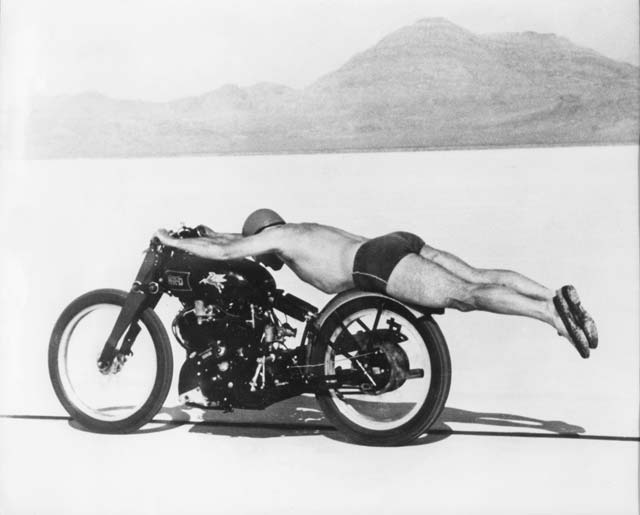 Photo Credit: Motorcycle Classics
Photo Credit: Motorcycle Classics
In 1948, Vincent Motorcycles had already matched the Brough Superior SS100 Pendine and its 110 mph speed record. Entering 1949, Vincent moved the bar in a big way..
Producing 70 hp from a strengthened 998 cc V-twin out of the Black Shadow, and stripping away as much weight as possible, the Black Lightning was handed to Rollie Free to send across the Bonneville Salt Flats.
After some positive test runs hitting 148 mph, I keep trying to imagine the conversation Rollie had with his team:
“Ok boys, the way I see it, if I strip down to my underwear and laid out like Superman I can get us the record!”
“Sounds good Rollie, let’s do it!”
After a 2 way average of 150.313 mph his status as a Legend was made, and Vincent was the first manufacturer to hit 150 mph.
Into the ’80s
It may seem based on the bikes I bring up that not much occurred through the ’50s, ’60s, and ’70s, but a shift was occurring: Japanese manufacturers began moving beyond traditional British bikes, with innovative and impressive offerings. Giving birth to future legends, and making “Ninja” and “Gixxer” synonymous with fast.
1984 Suzuki GS1150ES & Kawasaki GPZ900R
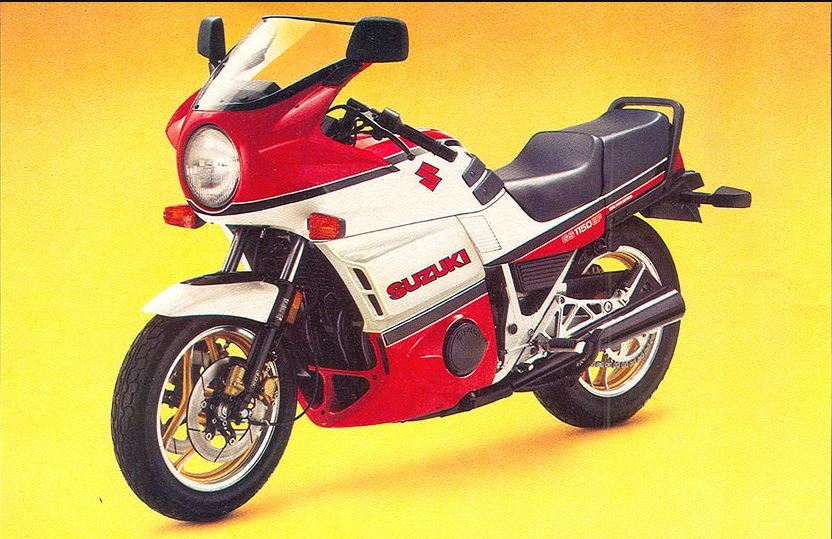 |
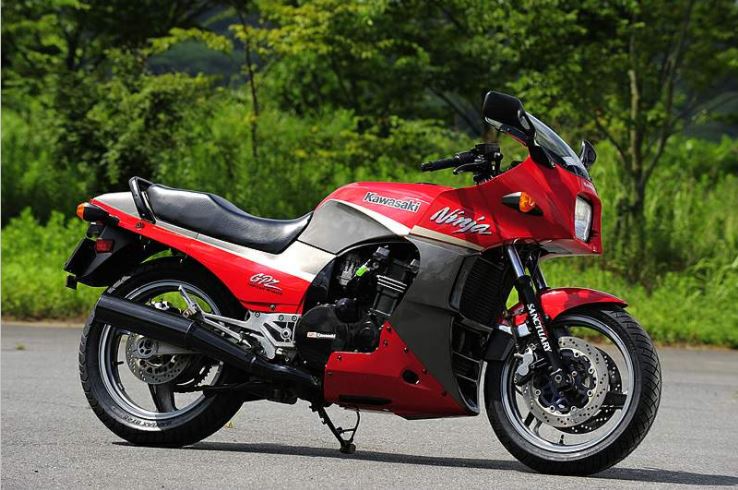 |
|---|
Photo Credit: Suzuki and Kawasaki
These bikes give the first use of the GSX and Ninja monikers we all know and love. In North America it was known as the GS1150ES; to the rest of the world, it is the GSX1100, the fastest ¼ mile bike tested by Cycle World in 1984.
Making over 100hp at the back tire, it tested into the 10’s with a 10.94-sec pass. “I feel the need, the need for speed”, Mavericks life motto. Of course, he had to ride a GPZ900R (Ninja 900), the first production bike to exceed 150 mph. The 908cc inline-four put out 115hp and pushed the Ninja to 151 mph.
The War of the ‘90s: Ninja, Blackbird, & Hayabusa!
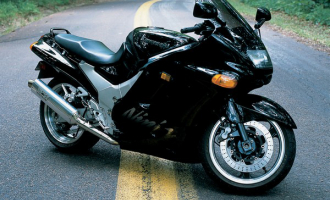 |
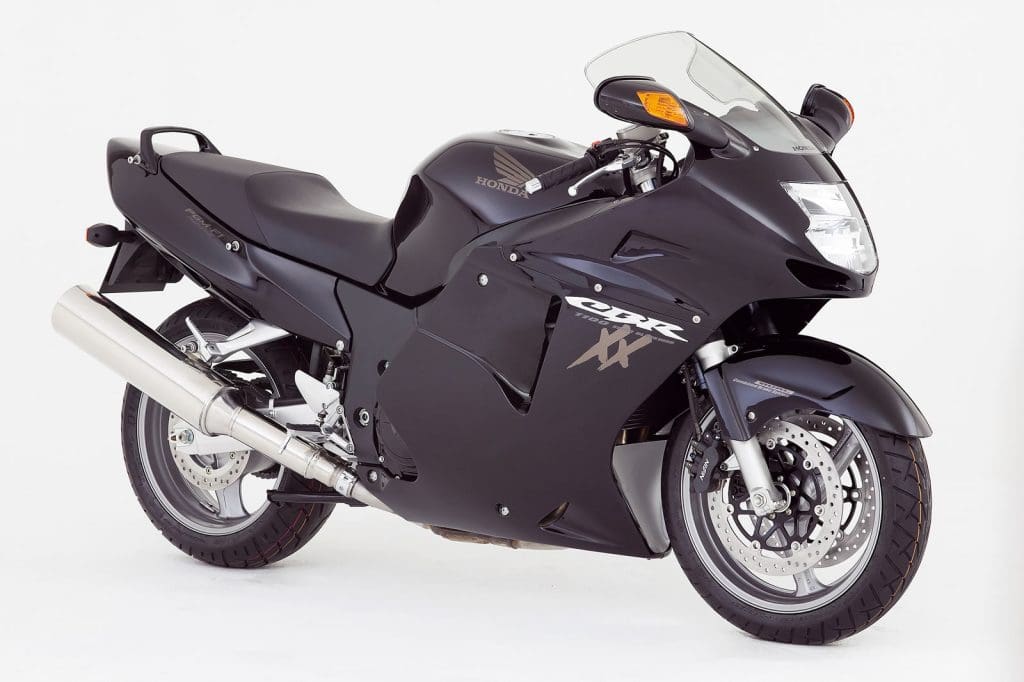 |
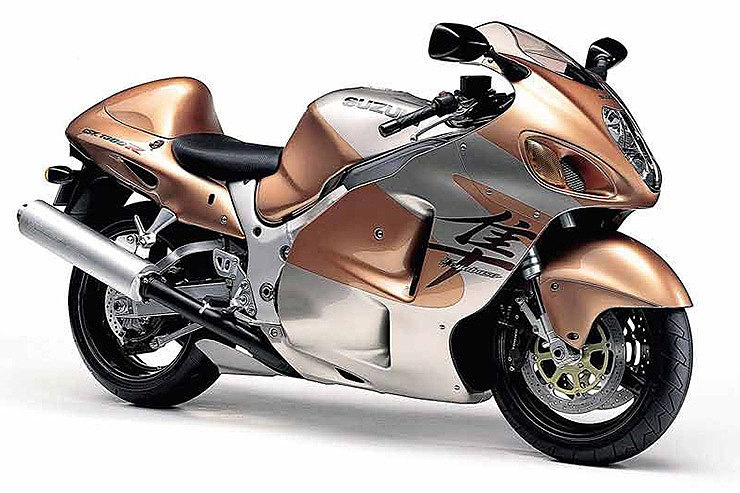 |
|---|
Kawasaki and the legendary ZX-11 ruled the first half of the ‘90s. Packing 145hp, an industry first ram air system, and the most aero bodywork of its day, it ripped all the way to 170 mph.
It wasn’t until 1996 and the Honda CBR1100XX Blackbird that a challenger arrived. 164 hp!! Um yeah, that will work. New record 176 mph.
Hayabusa is Japanese for “Peregrine Falcon”. A Falcon is known for its speed, and its diet of “blackbirds.” Oh Suzuki, I see what you did there.
1999 allowed the brave to put a leg over a 1299cc monster with a record-setting 174 hp, tuck into the super styled bodywork, and get ready to devour blackbirds on your way to 186 mph.
The “Gentleman’s Agreement”… Well That’s No Fun
After ruffling the collective undies of a safety-conscious world, manufacturers came to an agreement limiting their bikes to 300km/h (186mph). Fearing negative press, this makes sense from a business perspective, but as humans regularly prove, trying to protect us from ourselves just never works.
2021 Kawasaki Ninja ZX-14R
Since discontinued, the 2012 to 2021 Kawasaki ZX-14R, at least before the H2R, was Kawasaki’s speed king. Boasting a 1,441cc inline-four, the bike was electronically limited by the Gentleman’s Agreement to a top speed of 186 MPH.
However, for those with access to an ECU unlocker and a little bit of programming knowledge, the governor could be lifted, although it only added about 8 more MPH before hitting the rev limiter in 6th gear. Still, with a little electronic wizardry, 192 MPH was achievable on a flat track in perfect conditions, and that’s plenty fast enough!
2008 MV Agusta F4 R 312
Like watching Italians play Briscola, and passionately slamming down the winning card, this was MV Agusta and the 2008 F4 R 312.
The Italians didn’t care about the Japanese and their “Gentleman’s Agreement”, they build bikes engineered with one goal: being fast… crazy fast!
183 hp and a dry weight of 423lbs, is a perfect recipe for fast. 312 km/h (194 mph).
2013 Ducati 1199 Panigale R
In 2013, Ducati, in keeping with awesome Italian swagger, decided they might as well smash all barriers. Here you go public, have this amazing World Superbike on street tires. The 1199 Panigale R, with the “track only” exhaust, made 202 hp. I’m sorry, how much?? 202, and Ducati with a mix of magical alloys reduced weight to 364 lbs.
This bike delivered high 9 second ¼ mile times, and brought production motorcycles past the 200 mph mark, at 202 mph.
Kawasaki Ninja H2R
Kawasaki could never stay away – the top speed is in their brand DNA. Now I get this bike is a very limited one-off machine, not normal production, but fast is fast no matter how you look at it.
In 2015 Kawasaki unveiled the Ninja H2R. Showcasing the pinnacle of what the manufacturer was capable of, the supercharged literbike with black chrome paint delivers 310 hp.
Looking like 200 mph on its stand, it has been tested now many times well over 200 mph. I have no doubts about Kawasaki’s claimed 240mph.
Is the Best Yet to Come?
It is clear the desire to be the titleholder will never leave us. I for one love that. Maybe I should just cut up my license now? I apologize preemptively officer, my right wrist has a mind of its own.

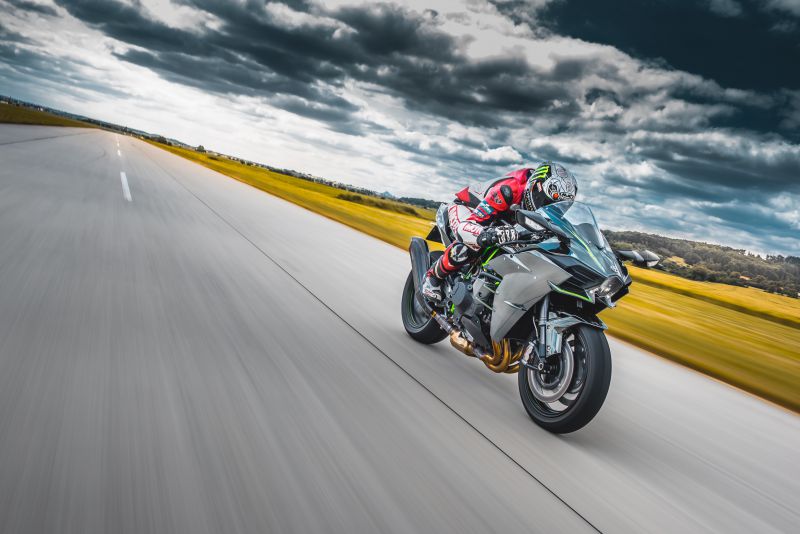
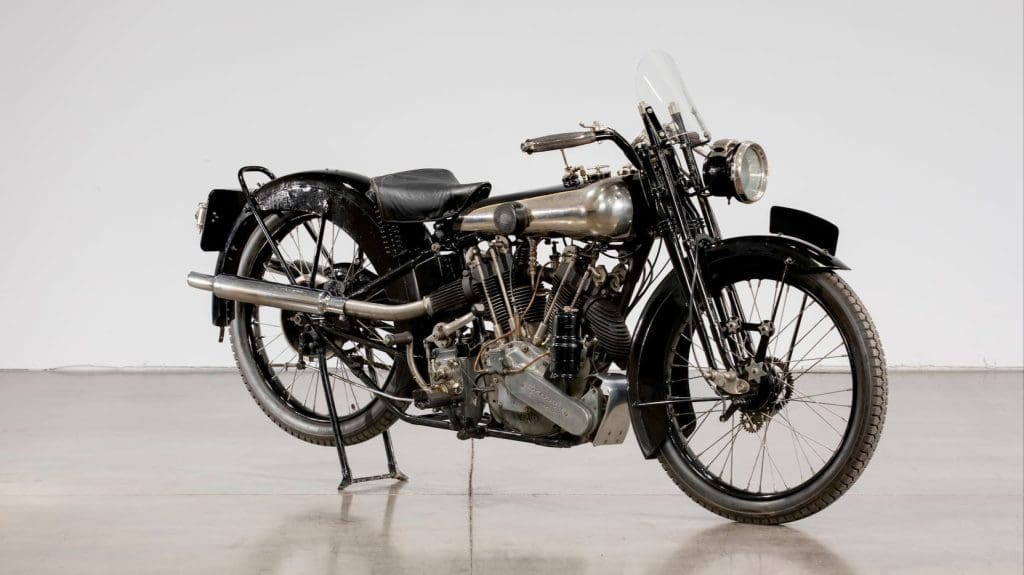
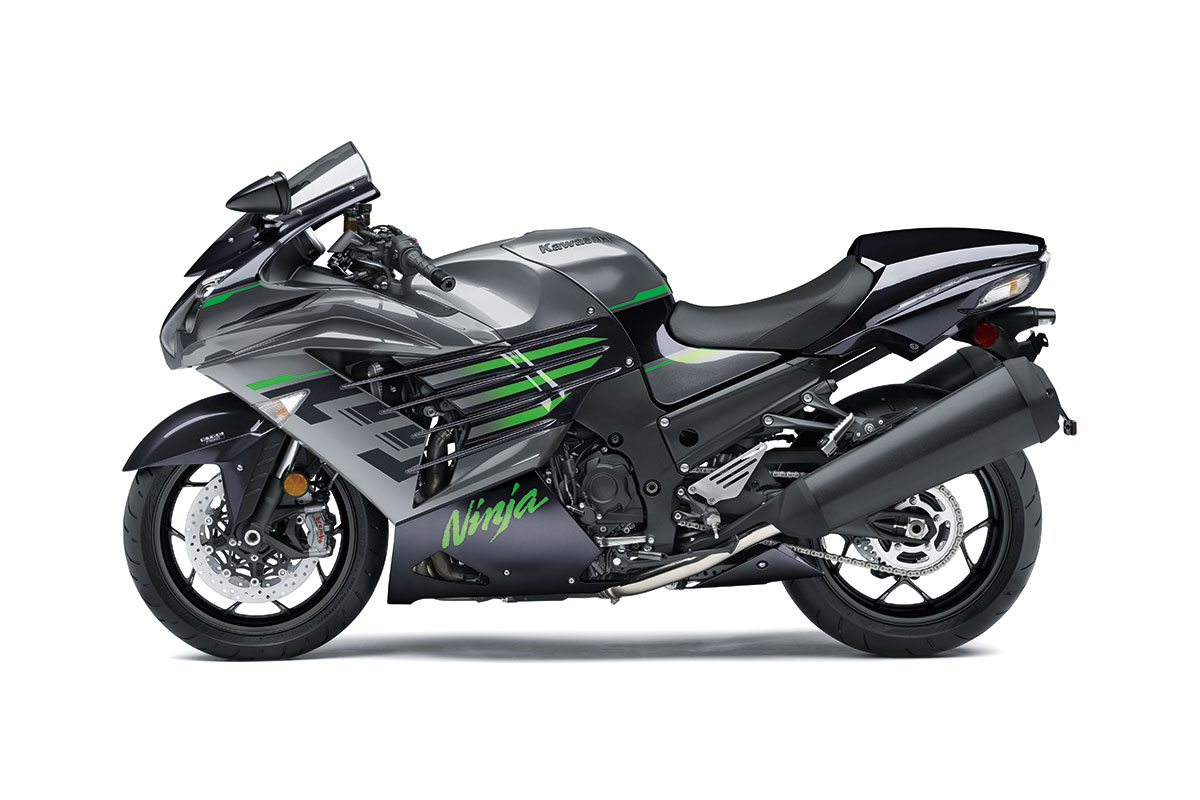
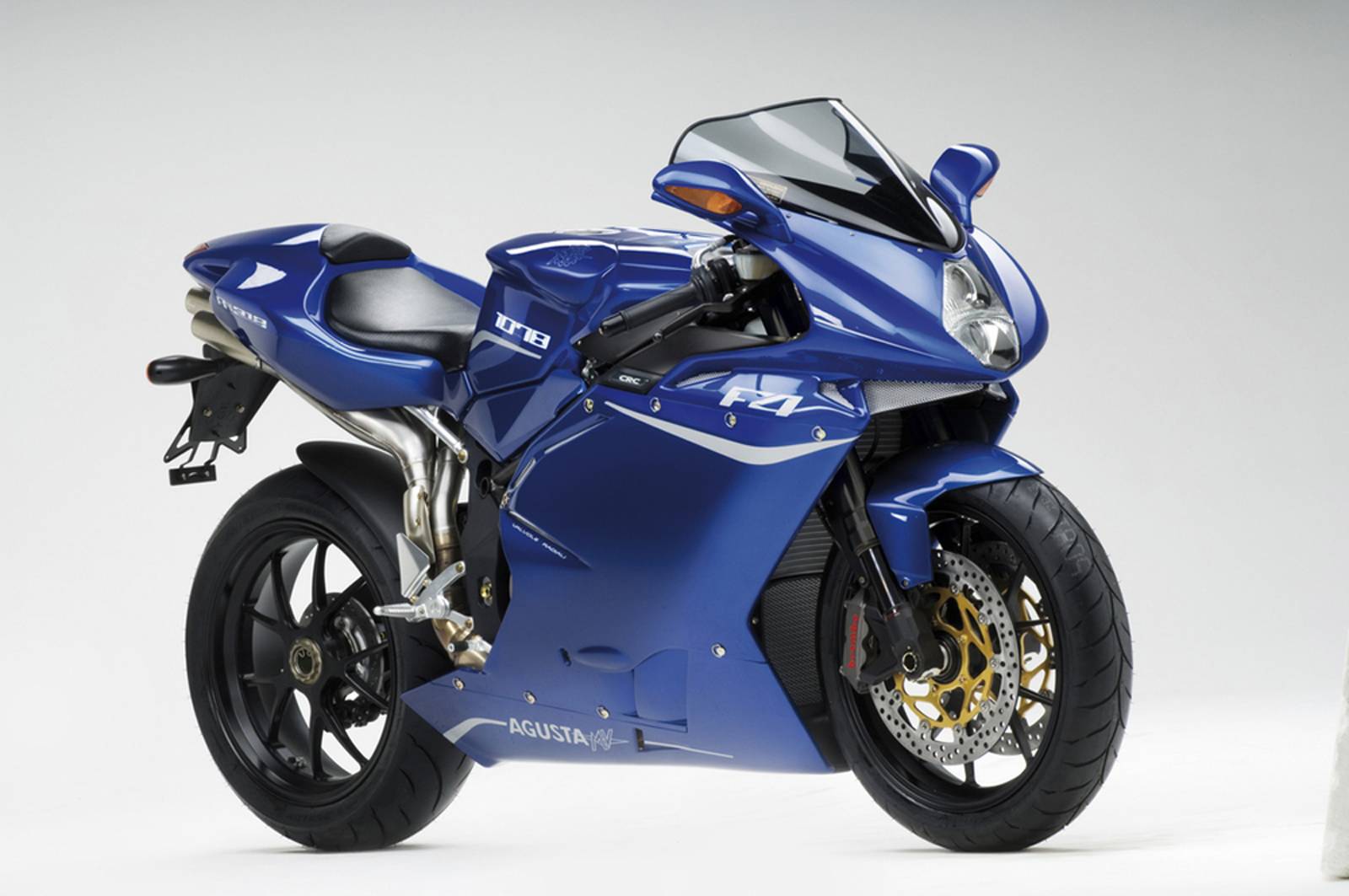
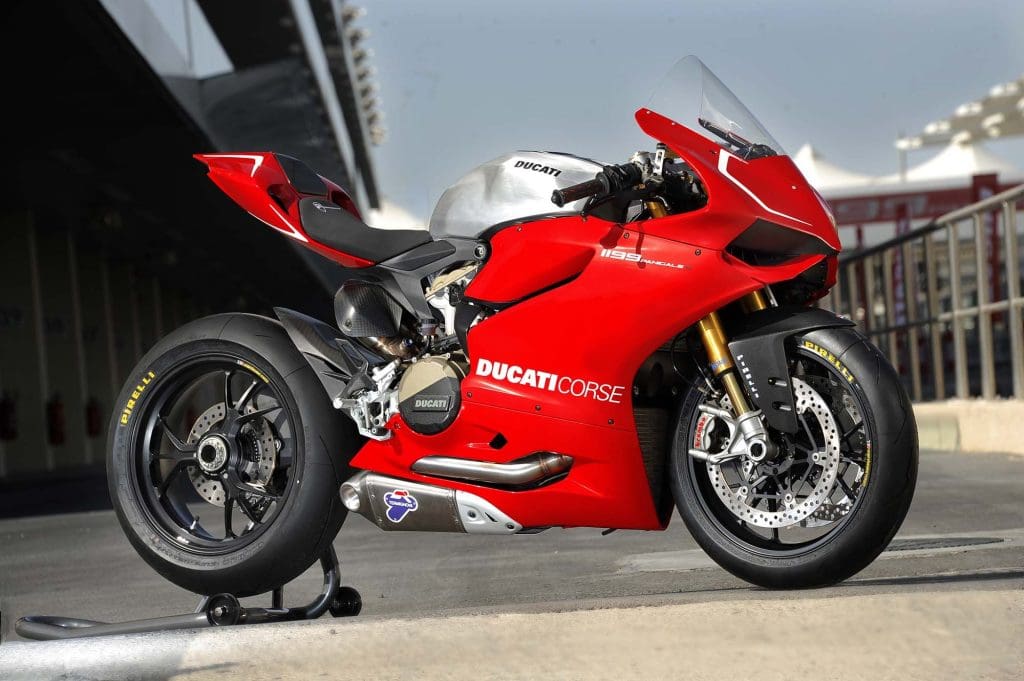
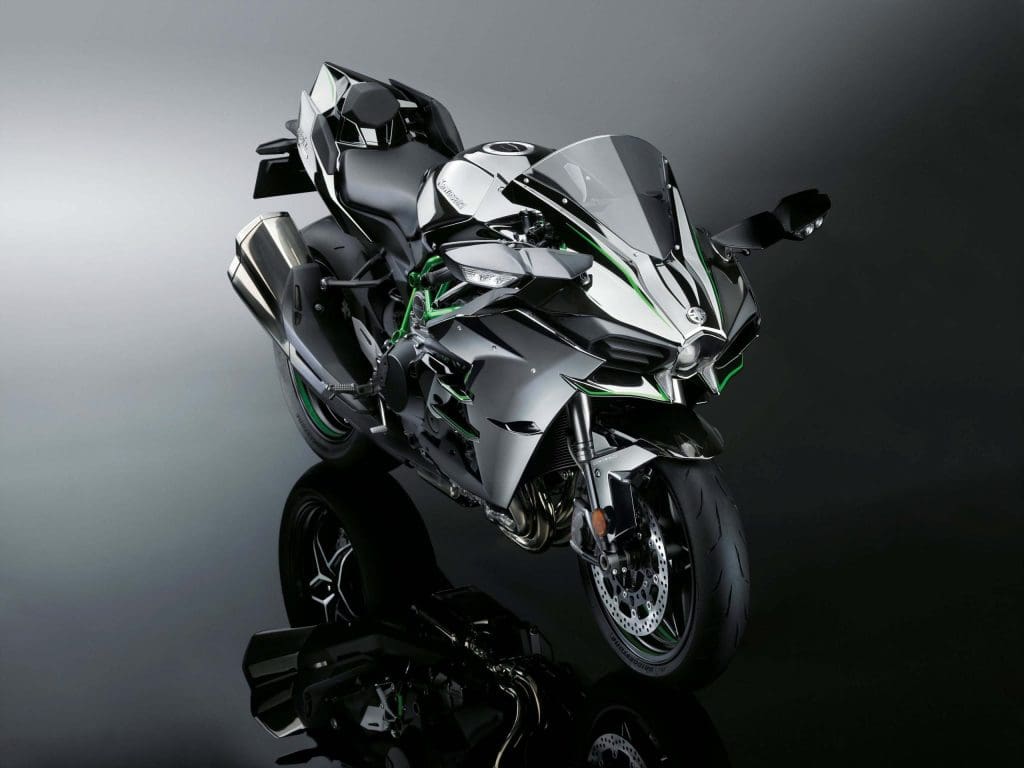

Even with the return of Suzuki’s updated Hayabusa, I suspect Kawasaki will hold the title for awhile.
And then to come the BMW M 100 ah
What about Kawasaki H1 & 2 three cylinder two strokes 1969. I worked at the importers at the time. The cops were trading their BMWs go Kawasaki 650s then too.
While I am always fascinated by what is squeezed out of small engines like this, I shudder when I see some of the inexperienced boneheads on these things.
In the U.S. things are not as they should be. I see 16 year old kids that obtain their drivers license, then take a motorcycle safety course on a 125cc or 250cc, then they are then granted a motorcycle license and can ride anything out there.
Bizarre!